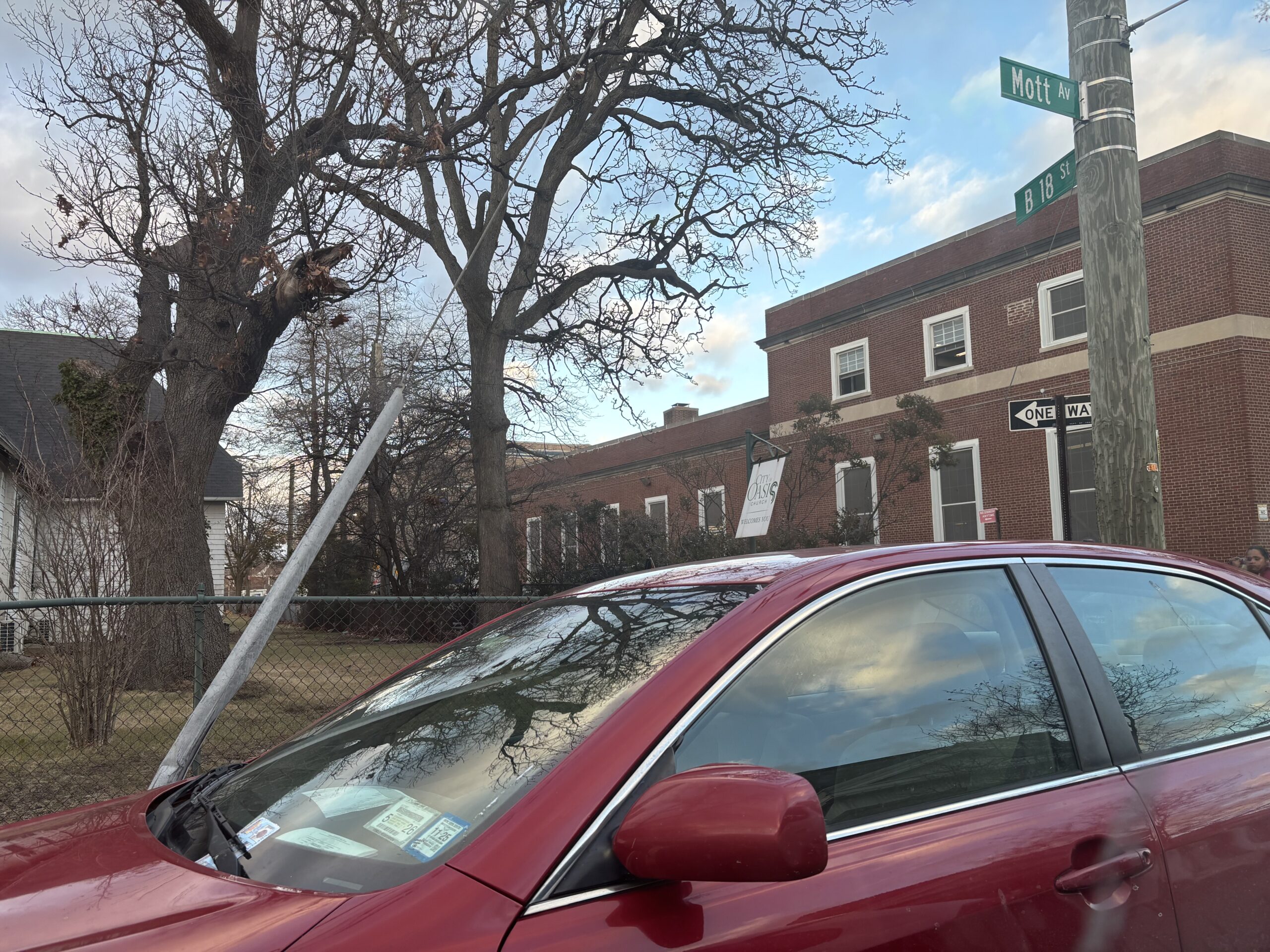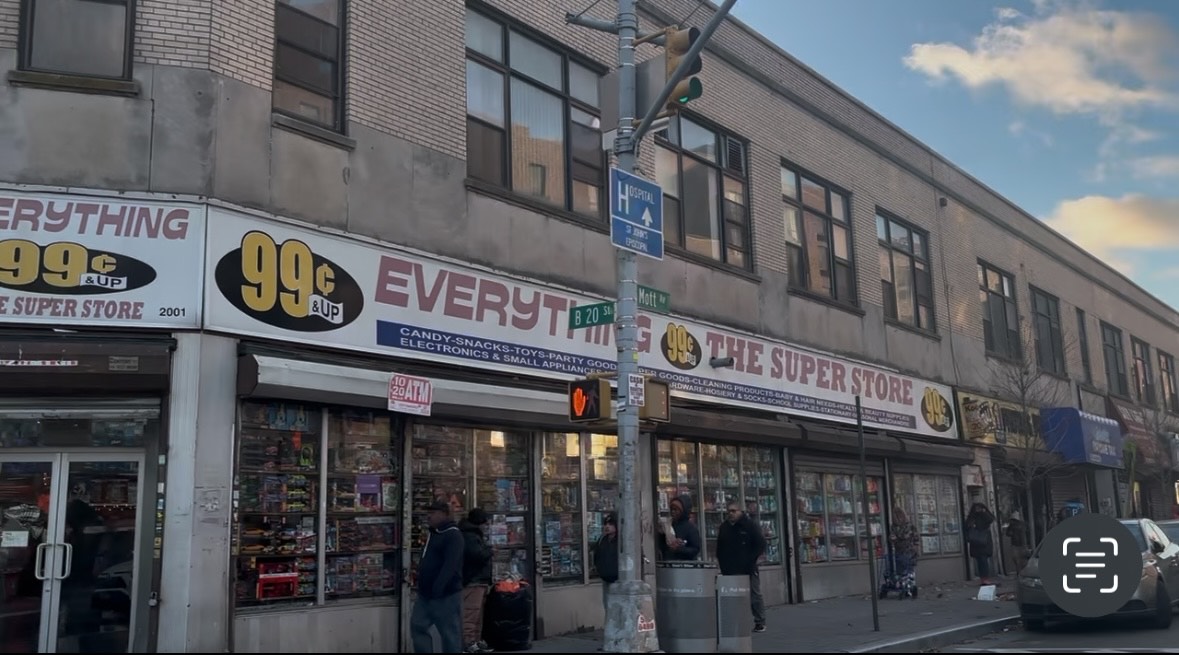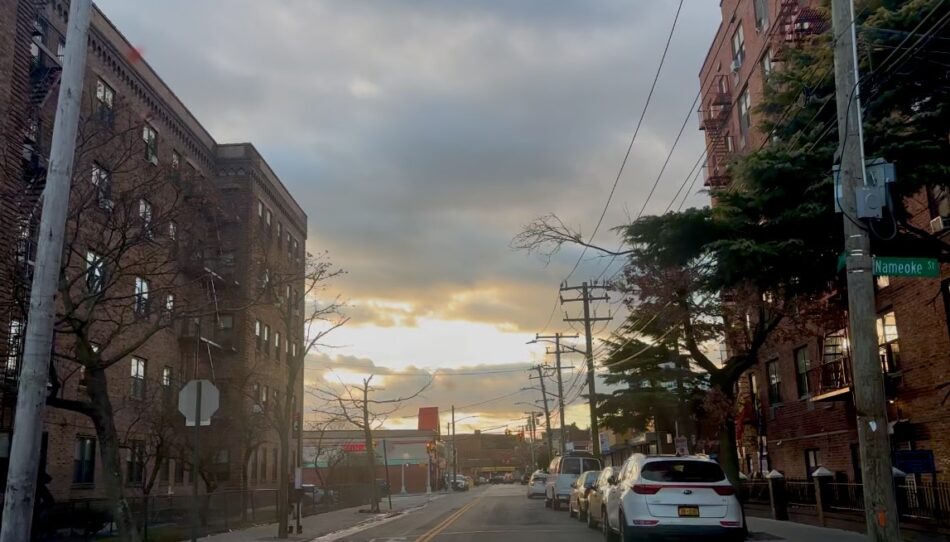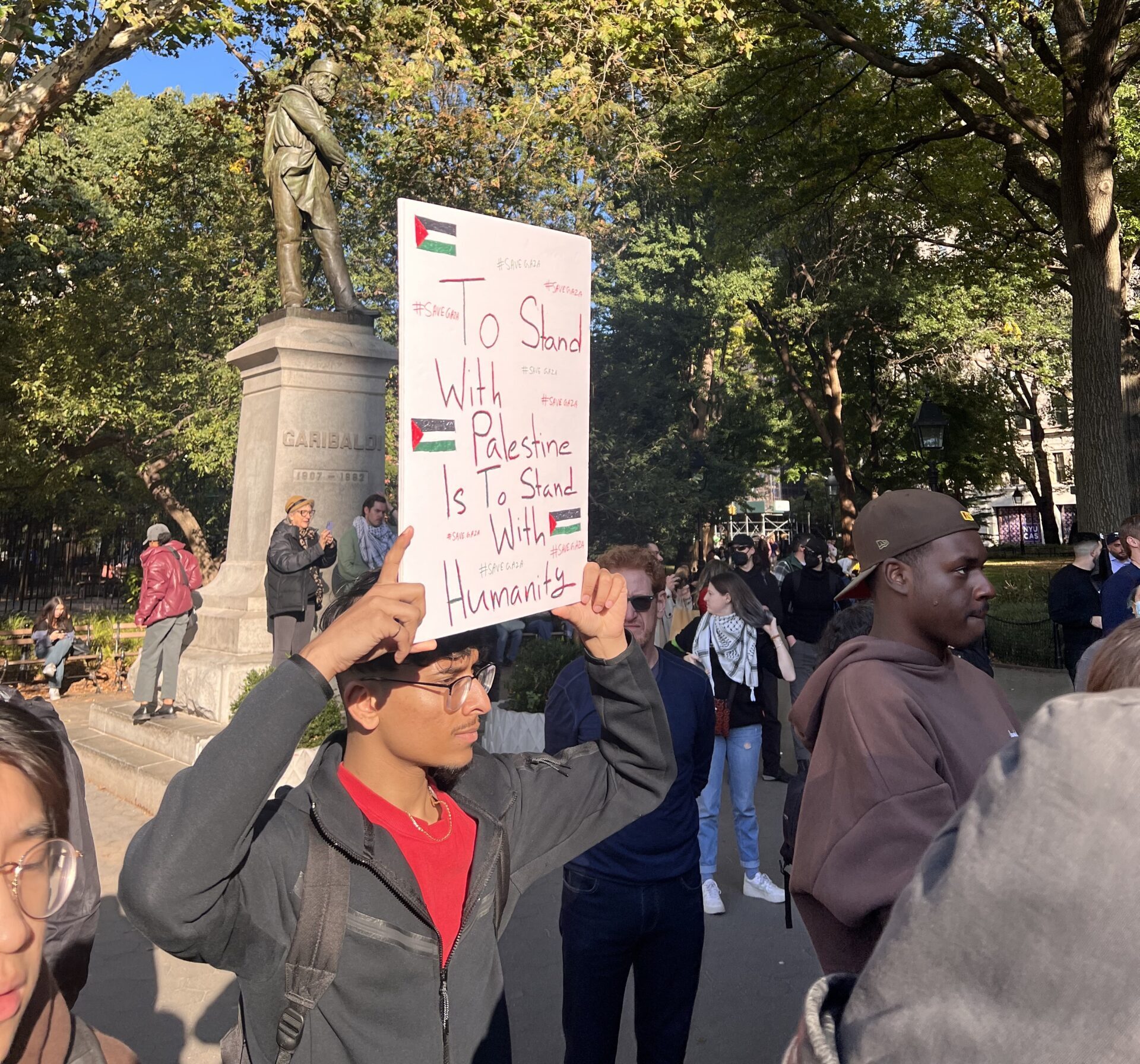From horn honking, beaming brake lights and bumpy narrow roads, the streets of Far Rockaway are congested due to New York City’s Department of Transportation’s (NYC DOT) decisions.
I spent a few hours riding around Far Rockaway and the surrounding communities. I saw the impacts of the NYC DOT, which include wider sidewalks, unused bike lanes and inadequate street parking.
Some of the streets I observed were Mott Avenue, Beach 20th Street, Seagirt Boulevard and Beach Channel Drive. These streets are some of the most popular, yet most congested areas.
My tour guide was Eugene Falik, a community member and board member of the Bayswater Civic Association, who has familial roots and has lived in the Rockaway area since he was four years old.
“We never had traffic problems until the Department of Transportation started ‘fixing’ things,’” said Falik.
Falik recalled the time when Far Rockaway began to change. It was in 2007 when Janette Sadik-Khan, the former NYC DOT commissioner, was appointed by former mayor Michael Bloomberg. Sadik-Khan is known for implementing bike lanes all over New York City and assisting with the creation of Citi Bike. The New York Times has referred to her as a “Bicycle Visionary.”
“Since the mayor appointed her in 2007 and she began to bring her agency’s work more closely in line with his vision of a greener New York, the city has roughly doubled its miles of bike lanes to about 500,” Times writer Frank Bruni wrote in 2011 to show how much Sadik-Khan has accomplished with the bike lanes.
There are currently over 650 miles of bike lanes in NYC today, according to the mayor’s Office of Climate and Environmental Justice.
But the effect of bike lanes wasn’t as praised in the Far Rockaway area. Falik described these bike lanes as useless. They ended up making the streets more narrow and there aren’t many people who use bikes in the area, he said.
The lack of people using bikes is true, according to nyc.gov’s Environment and Health Data Portal. From 2007 to 2011, there were 265 bicycles being used in the Far Rockaway-Bayswater area (1.5% of the population), compared to 7,732 people using personal vehicles (42.4%) and 7,684 using public transportation (42.2 %).
More recently in Far Rockaway-Bayswater, the numbers have decreased, with 111 bicycles being used (0.5%) versus 12,200 people using personal vehicles (49.6%) and 8,041 using public transportation (32.7%).
“Generally they are stupid and unlawful, they make traffic slower. You can count on one hand how many people use them. More people walk in the bike lanes than they use their bikes,” Falik said in reference to bike usage.
Narrow streets lead to traffic congestion. Falik said it used to take five minutes to get from one place to another without speeding, but a similar drive now takes 15 to 20 minutes because of traffic on streets like Beach Channel Drive, which has been reduced to one lane and has added bike lanes.
“We used to have five lanes to go through Rockaway, now there’s only two, Beach Channel Drive and Rockaway Beach Boulevard,” said Falik.
An example of a narrow street in Far Rockaway is Beach 20th street, which has one driving lane with available street parking on one side and a bike lane on the other. But the people in the community often use the bike lane for parking.

A parked car in front of the City of Oasis Church on Mott Avenue. (Photo by Chloe-Ryan Woolfolk.)
Falik said this bike lane is a tripping hazard due to the pavement being higher than the rest of the street.
Falik added that local police typically don’t interfere with the parking on the street because they recognize the inadequate parking. But narrow, single lane streets like Beach 20th create complications for emergency vehicles who have to wait for the congested traffic to move instead of being able to move through cars. It’s just not possible.
The Wave, Rockaway’s local newspaper, spoke with Jose Santana, the owner of the Unisex by Santana salon on Beach 20th, two years ago regarding the new bike lane. Santana said the lane was dangerous. He said that there was no place to unload stuff and that traffic could delay emergency response.
“If the fire truck was coming down … it’s going to have to wait,” Santana told The Wave.

A 99 cent store on the corner of Mott Avenue and Beach 20th Street. (Photo by Chloe-Ryan Woolfolk.)
Another decision made by the NYC DOT is minimizing flowing traffic lanes, also contributing to congestion in Far Rockaway. An example of this is Seagirt Boulevard, which originally had three lanes going each way, with a parking lane.
In 2022, the NYC DOT removed a lane from each side, added a protected bike lane and improved median space in an effort to make the road safer for pedestrians and drivers. From 2015 to 2020, the NYC DOT reported 232 injuries on this road, including two fatalities.
Councilwoman Selvena Brooks-Powers had said, “The installation of traffic calming interventions at the intersection of Seagirt Boulevard and Rockaway Boulevard to Beach 9th Street will ultimately create safer, more accessible streets.”
But some people in the community, like Falik, see this change as another problem, creating more traffic and another unused bike lane.
The Wave reported that Community Board 14 (CB 14) disagreed with this plan. The chair of CB 14, Delores Orr, told the local paper that people will continue to speed regardless of a lane being removed.
Assemblywoman Stacey Pheffer Amato of District 23, told The Wave, “I cannot support a plan that eliminates more parking and creates further congestion in Far Rockaway.”
Falik claimed these issues with the NYC DOT arise because city planners, who do not have engineering licenses, make decisions on how traffic should be run.
“The New York State law says that it is a felony to practice engineering unless you hold a professional engineer’s license. And deciding what kind of traffic control device to install is, I would argue engineering,” Falik said.
Falik claimed city planners are those who make these detrimental decisions, while only holding a bachelor’s degree in city planning, without an engineering license. He said that looking at project details is the only way to see who the project managers are — typically city planners.
“So the city planners decide how to redesign the streets. Then they give it to the drafts people to draw the diagrams and so on. And then they give it to an engineer to sign it. So presumably, the argument goes, it was done by an engineer, but an actual fact is the engineer just signed off on what the city planners decided,” Falik said.
“Far Rockaway demonstrates how with a little incompetence, it’s possible to seriously obstruct traffic,” he added.


